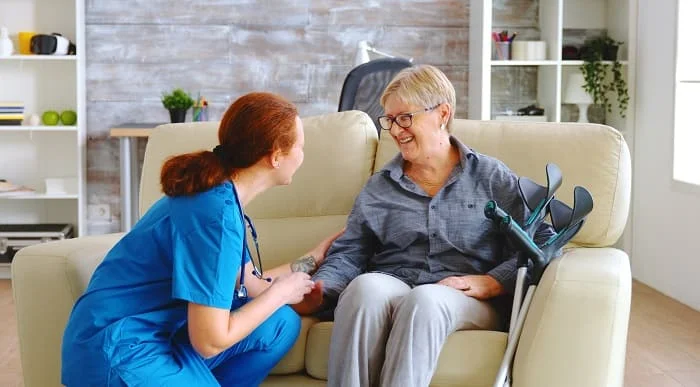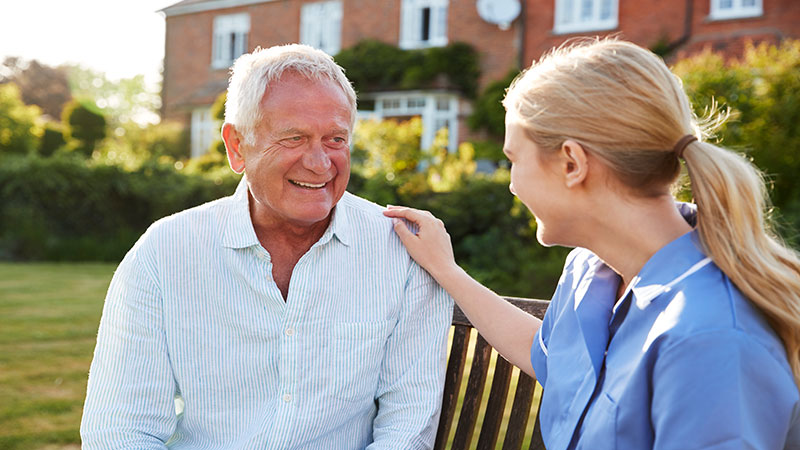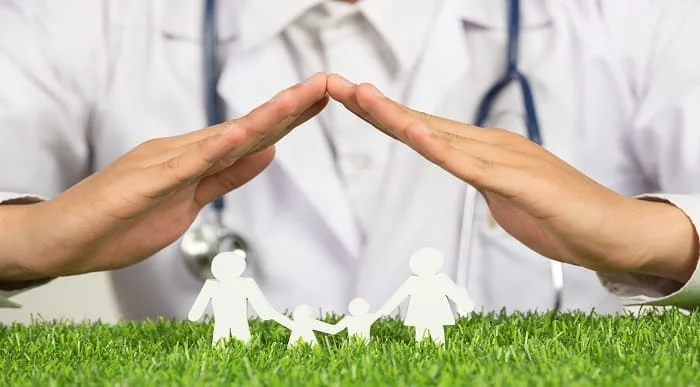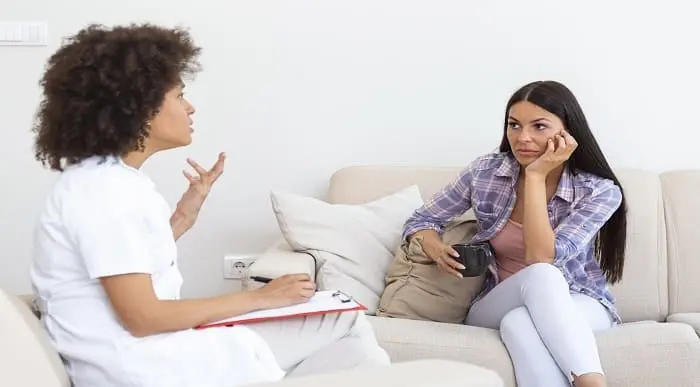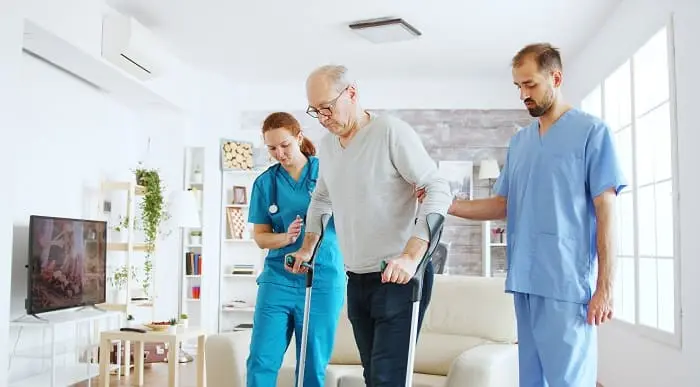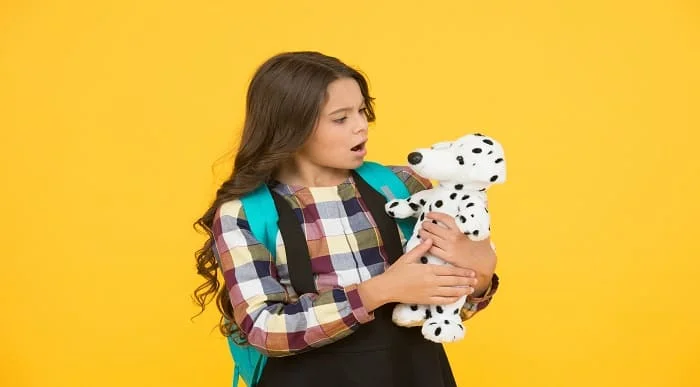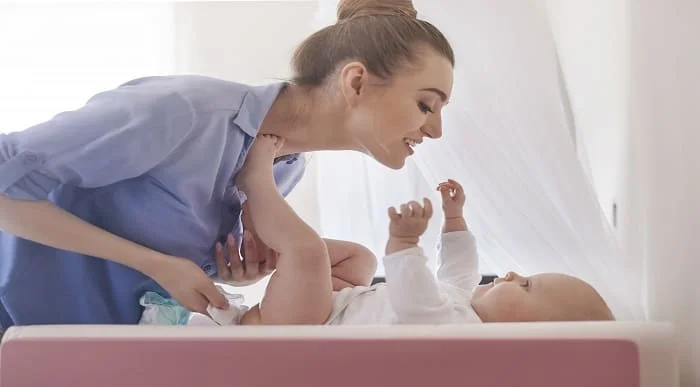Health and Social Care
What are the Types of Observation in Health and Social Care? 6 Important Types
Older adults residing in health and social care settings are often vulnerable and fail to express themselves. Since they are not always surrounded by their family members, it is the responsibility of health and social care practitioners to observe them and stay updated on their health and social wellbeing.
But, what is observation? What are the types of observation in health and social care? This blog provides every detail related to observation in health and social care, so do give it a thorough read.
Table of Content
What is Observation in Health and Social Care?
The term ‘Observation’ refers to “an act or instance of noticing or perceiving” in general. However, ‘Observation’ in health and social care refers to the ability to use sight, hearing, smell and touch to monitor any changes in the health or social wellbeing of older adults.
Check out the Care Act 2014 in this blog.
Observation allows you to recognise, report and attend to older patients when there are symptoms of any new health conditions or deterioration in current health condition.
Types of Observation in Health and Social Care
The older adults or residents in care homes require 24/7 observation; however, not every resident needs to be within sight all the time. That is why observation has been categorised into several types based on the needs of the residents.
Objective observation
This observation is about monitoring and recording breathing, blood pressure, pulse and temperature, blood in urine or stools, rashes, bruises, and allergic reactions. You can monitor any changes or progression in the older patient’s conditions by keeping an accurate record of these readings and by comparing them against the previous readings.
Subjective observation
The type of observation happening through verbal communication with older adults on how they feel is a subjective observation. The signs of illness that cannot be measured fall under subjective observation. For example, nausea, upset stomach, sore muscles and headaches. Registered nurses or doctors should be reported these signs to be looked into further.
General Observation
This is the minimum observation level for residents in health and social care. Staff should keep knowledge of the older adults’ whereabouts, but they do not need to be kept within sight. The staff or practitioners might sit down and talk casually with the residents to understand their mental state and record everything in their notes.
Intermittent Observation
The residents who are potentially, but not immediately, at risk to themselves or others are applicable for Intermittent observation. These residents must be regularly checked upon after every 10 minutes. The staff can do the checking during normal activities and they should record the exact time in their notes.
Constant Observation
This type of observation is applicable for residents who can cause harm and present an immediate risk to themselves or others. These residents should be kept within eyesight all the time.
Close Proximity Observation
Residents who are at the highest level of risk of harming themselves or others come under close proximity observation. They need to be observed by more than one staff member.
Do you want to develop a career in health and social care?
- Accredited Courses
- Tutor Support Included
- 3 Installment Plan at checkout
- 14 Days Money Back Guarantee
Why is Observation Important in Health and Social Care?
Observation lets the health and social care practitioners gather information rather than just listen to what is being said. It helps them to understand how the older residents are living; whether they are comfortable or having issues coping with the new environment.
Those who work in care homes spend most of the time with the residents and remain responsible for their overall care. They are usually the first to identify any changes to the older adults’ health conditions or behaviour. Therefore, it is extremely important for them to be observant.
- identify any patterns of behaviour among residents that might need attention
- identify any symptoms or changes to any resident’s health conditions
- report about the changes in behaviour or health conditions
- establish a detailed and accurate treatment plan
- spot abuse or negligence
- maintain the independence, privacy and dignity of the residents
- provide care according to the needs of the residents
- notice any areas of care that needs improvement
Learn how to practise confidentiality in health and social care in this blog.
Top Courses of this Category
How to Document and Record Observations?
The process of observation requires documenting and recording all observations so that you can have a clear idea of the older adults’ physical and mental health whilst they are in your care. The policies and procedures for observation and documentation vary according to the health and social care settings, so make sure that you follow the rules.
Each resident usually has a care plan and chart that contains their details. The chart should have a record of their health conditions, what medication they are on, all baseline recordings, and further observations including the date and time the observation took place. By compiling all the accurate and reliable observations and examining the charts, practitioners of care homes can easily identify any changes or progression of the older adults’ conditions.
The practitioners must report to the registered person if there are any changes in the conditions of the older adults outside their normal range.
Read this blog and recognise what is active participation in social care.
Conclusion
Proper observation of older adults in health and social care settings reduces the chance of any unwanted incidents. When the staff or care home practitioners keep the residents under observation, it becomes easier to respond and take appropriate steps if they fall sick. Thus, it is your responsibility to observe the older adults and ensure their overall well-being.
What to Read Next:
- How to Become a Childminder – A Complete Guide
- What is Duty of Care in Health and Social Care
- How to become a Nurse – Step by Step Guide
- 8 Examples of Illegal Moving and Handling Techniques in Health and Social Care
- What is Duty of Candour? Professional and Ethical Guidance at a Glance



